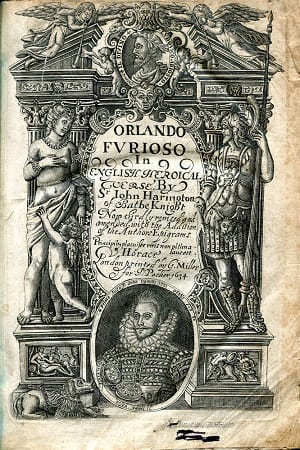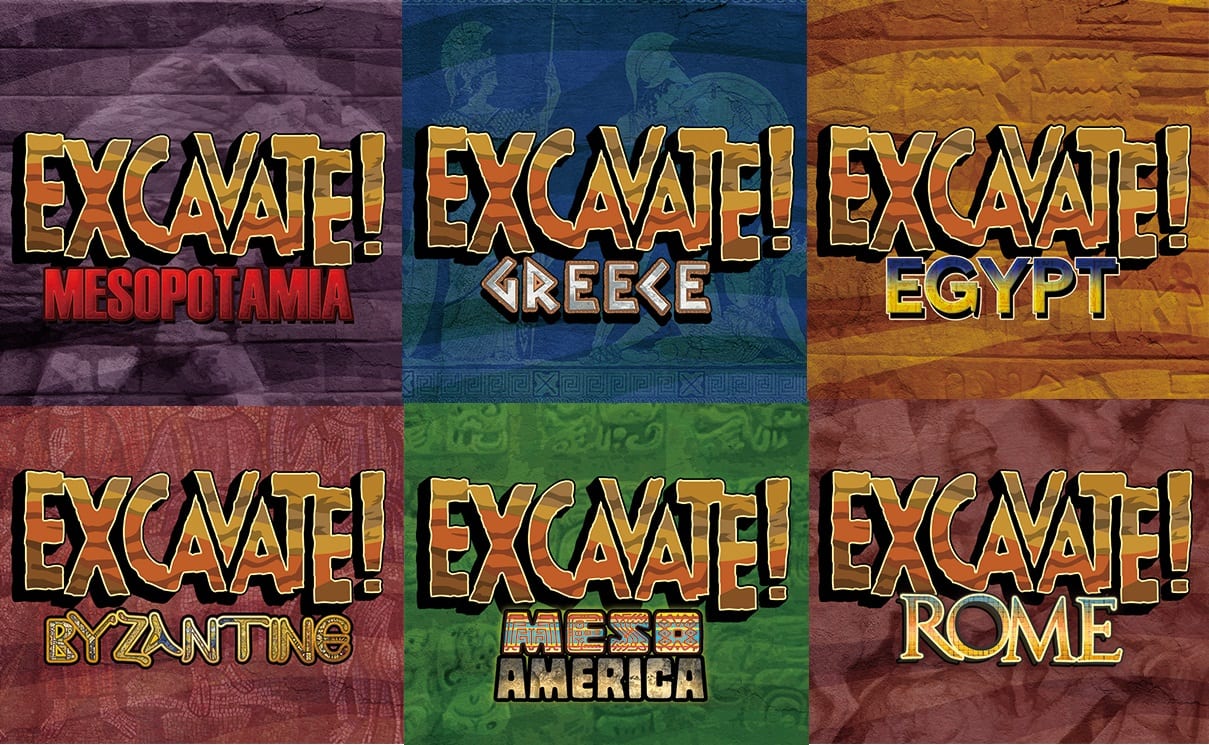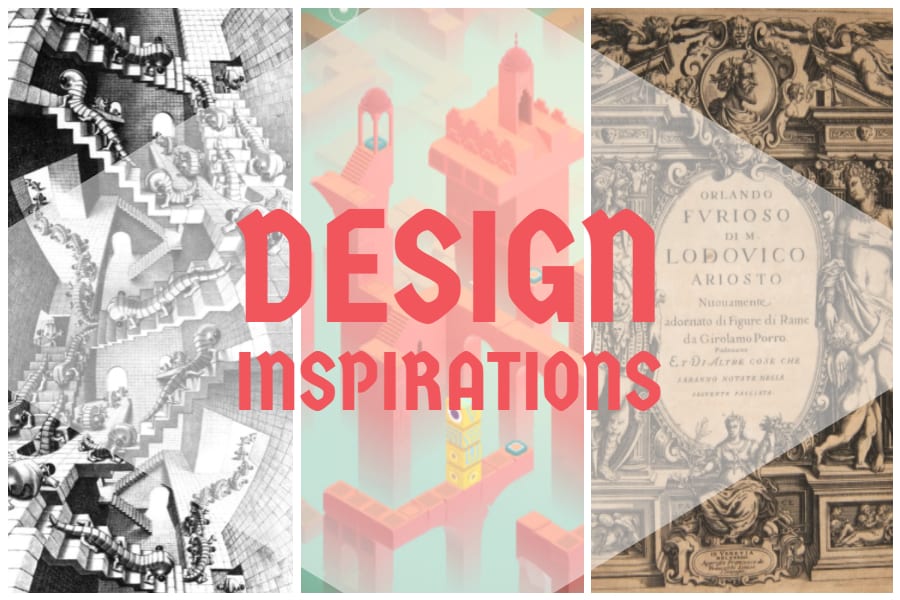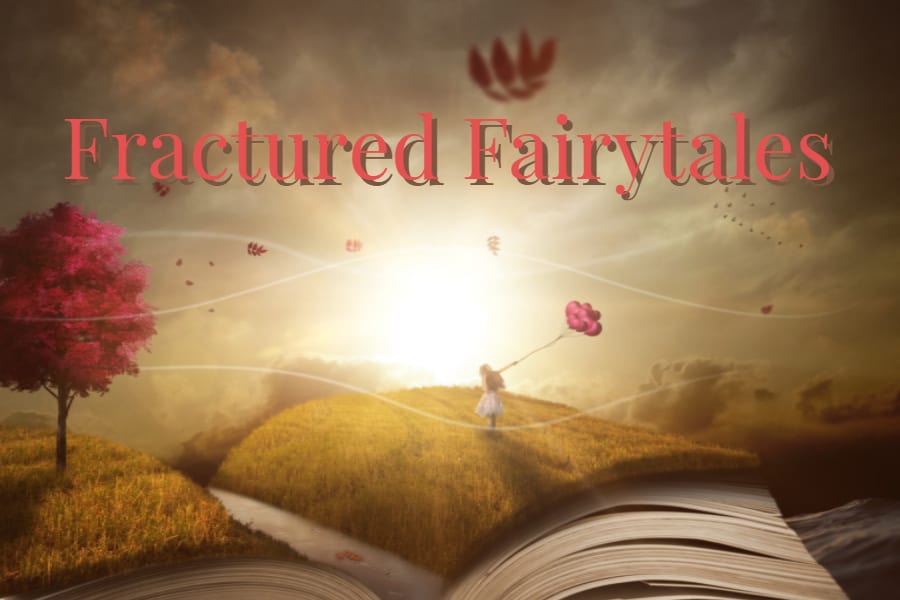Game Development Blog: What Inspired Roterra?
Welcome to the first of many Roterra-specific game development blogs coming up! Currently, we plan to release a series of blogs on the world, the characters, and the process of making the game itself. Tell us what you want to know about by sending us a message or finding us on social media.
–
Roterra did not spring from nowhere. When conceptualizing and refining ideas for our next game, our design team took inspiration from many sources. While Roterra has evolved into its own beast, we wanted to look back down the line to see where some of its now-core concepts sprung from.
Inspiration 1: MC Escher & Beautiful Puzzles
 Our discussions around creating a game environment where the ground literally moved under a character’s feet brought immediate connections to M.C. Escher’s work. Among his many drawings, we especially looked to “House of Stairs.” Recent games have popularized this aesthetic in mobile gaming, applying his unique and mind-boggling landscapes to puzzle designs and more.
Our discussions around creating a game environment where the ground literally moved under a character’s feet brought immediate connections to M.C. Escher’s work. Among his many drawings, we especially looked to “House of Stairs.” Recent games have popularized this aesthetic in mobile gaming, applying his unique and mind-boggling landscapes to puzzle designs and more.
However, do “beautiful” puzzles, mean great user experiences? Some puzzles in games aren’t very difficult. In our game, we plan to allow the player to feel awe but also to be challenged. We want players to have to think about how to get their characters where they need to go. Soon you will know if we have found the right balance.
Inspiration 2: Orlando Furioso and Fractured Fairytales
 Roterra’s story sprung from a confluence of art and literature. From the Odyssey to Shakespeare, folk tales from throughout history showcase the hero’s journey to control the chaos around him.
Roterra’s story sprung from a confluence of art and literature. From the Odyssey to Shakespeare, folk tales from throughout history showcase the hero’s journey to control the chaos around him.
For Roterra, the most influential of these classic stories was “Orlando Furioso,” the epic poem from Ludovico Ariosto. In the story, stereotypes are turned on their heads as wizards and magical creatures share the scene with knights and princesses. The journey matters, not the destination. Angelica, in particular, draws inspiration from the protagonist of Furioso who takes fate into her own hands.
Roterra’s continual perspective shifts reflect Furioso as well. Themes are woven throughout Furioso that repeatedly force the reader to question what they believe to be true. A story told from one perspective turns out to be remarkably different when seen from another character’s point of view. The line between hero and villain is constantly in flux. Our designers internalized these forced shifts of perception as they created a world where orientation changes at the push of a switch, things are rarely as they seem, and the correct path is not the obvious one.
Inspiration 3: Our History with Game Development

Prior to beginning work on Roterra, Dig-It! Games was primarily an educational game developer. We still dedicate most of our time to working on educational games and tools and enjoy it immensely. However, our experience with these educational games have given us understanding of how player learn through games. In games like Excavate!, we want players to learn facts and make connections. In Roterra, we want players to learn mechanics and apply them to puzzles. This is the same basic process, with one being applied to getting better at school and one being applied to getting better at the game.
Through working so much with education, we know how to challenge players without frustrating them. Communicating mechanics is hugely important, and we’ve taken that in consideration in our level designs for Roterra.
–
Don’t forget to follow Roterra on Twitter and sign up for updates on the game page to keep up with all the development.




